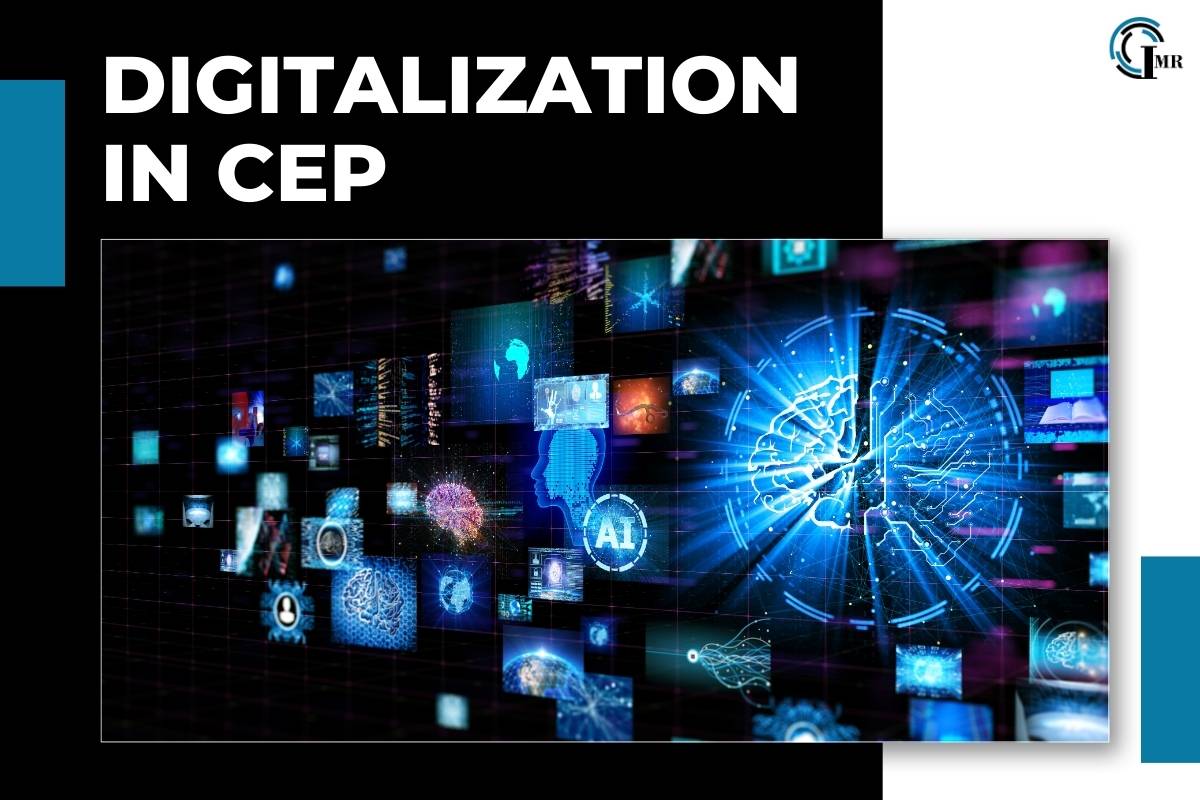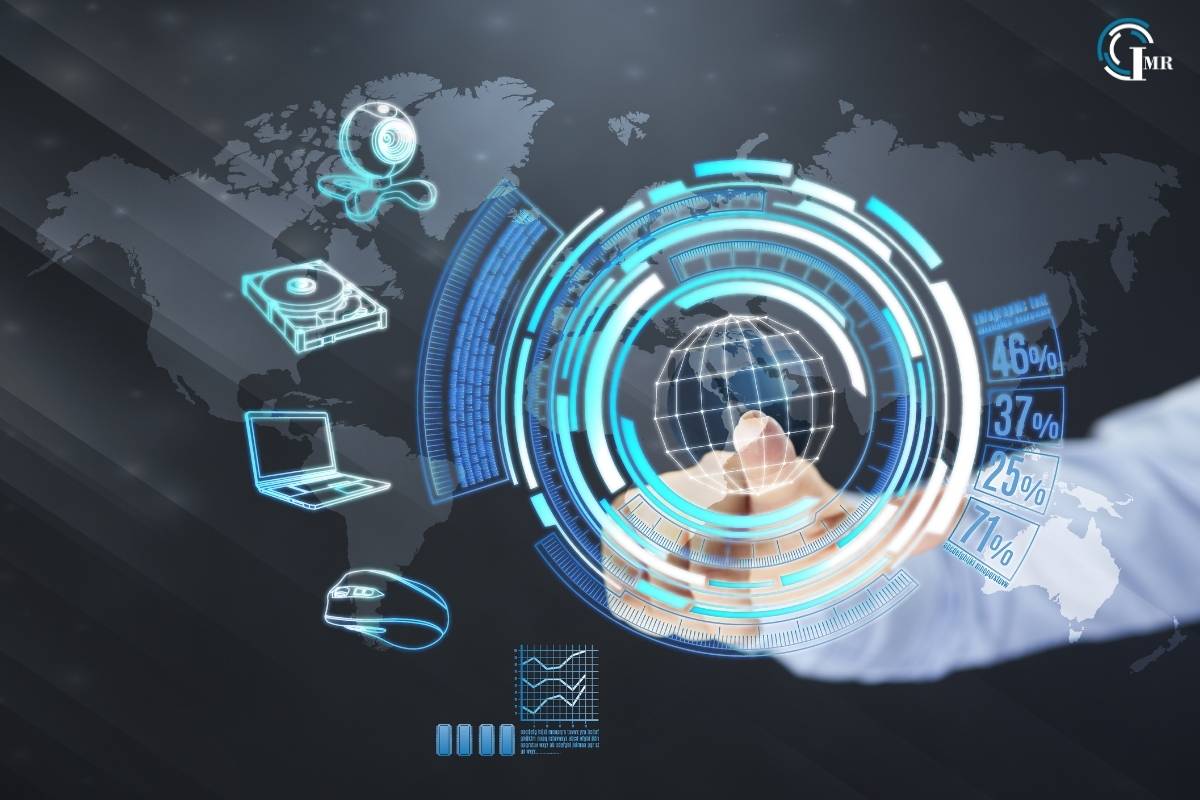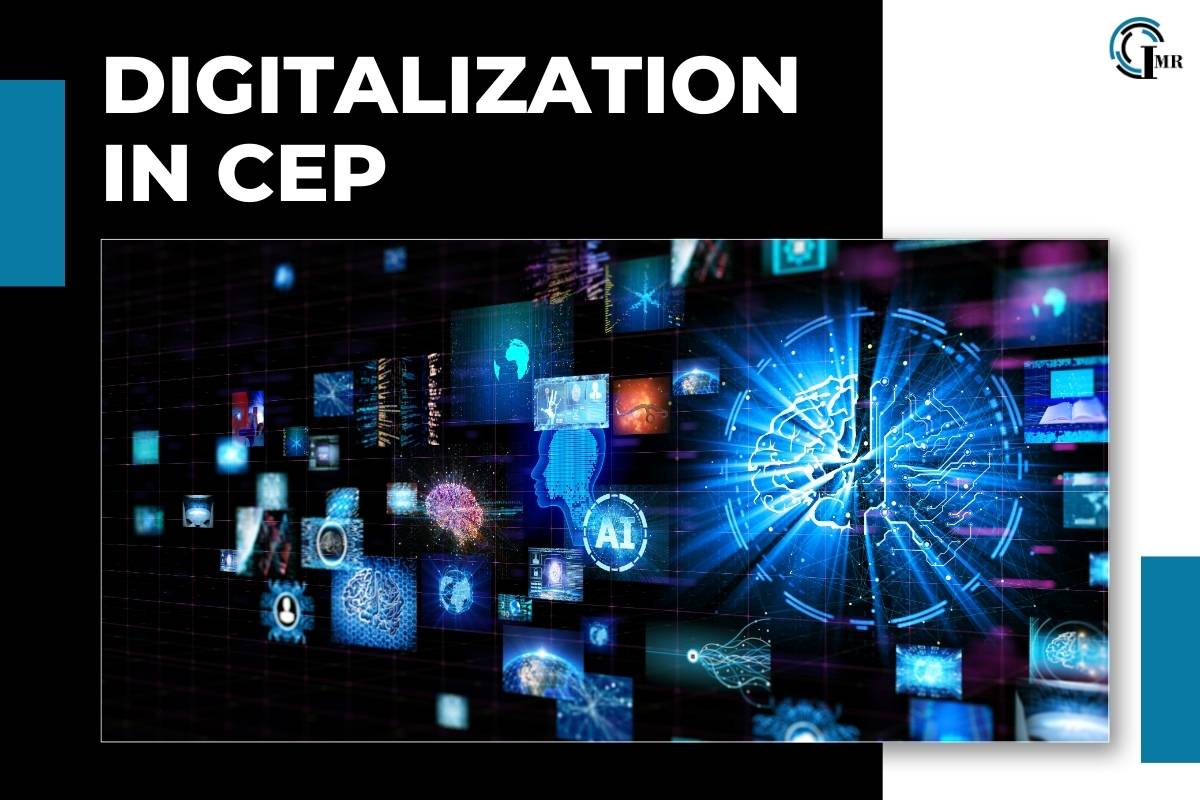How Digitalization In CEP Is Transforming The Future Of Delivery?

In today’s fast-paced world, the Courier, Express, and Parcel (CEP) industry is experiencing a profound transformation driven by digitalization. As e-commerce continues to soar, consumers demand faster, more reliable, and transparent delivery services. Digitalization in CEP is the key to meeting these demands and staying competitive in an ever-evolving market.
The Rise of Digitalization in CEP
The Courier, Express, and Parcel (CEP) industry has always been a critical component of the global economy, facilitating the movement of goods from businesses to consumers. However, traditional methods of operation often involved manual processes, which were time-consuming, error-prone, and lacked real-time visibility. The advent of digital technologies has revolutionized the industry, enabling companies to streamline operations, enhance customer experiences, and achieve greater efficiency.
1. Enhancing Operational Efficiency

Digitalization has introduced automation and optimization into every aspect of the CEP industry. From sorting and warehousing to route planning and delivery, digital tools have become indispensable.
a. Automated Sorting and Warehousing: Automated sorting systems have drastically reduced the time and labor required for parcel sorting. Advanced robotics and AI-powered systems can sort thousands of packages per hour, ensuring accuracy and speed. In warehouses, digital inventory management systems provide real-time tracking of stock levels, reducing the risk of overstocking or stockouts.
b. Route Optimization: Route optimization software leverages real-time data to plan the most efficient delivery routes. By considering factors like traffic conditions, weather, and delivery time windows, these systems minimize fuel consumption and reduce delivery times. This not only cuts costs but also lowers the environmental impact of deliveries.
c. Last-Mile Delivery Innovations: The last mile of delivery is often the most challenging and expensive part of the delivery process. Digitalization has introduced innovative solutions such as drone deliveries, autonomous vehicles, and crowd-sourced delivery platforms. These technologies enhance delivery speed and flexibility, particularly in urban areas.
2. Improving Customer Experience
In an era where customer expectations are higher than ever, digitalization plays a crucial role in delivering exceptional experiences.
- Real-Time Tracking and Notifications: Customers today expect real-time updates on their parcel’s status. Digital tracking systems provide accurate, up-to-the-minute information on the location and estimated delivery time of packages. Notifications via SMS, email, or mobile apps keep customers informed and reduce the likelihood of missed deliveries.
![]()
- Flexible Delivery Options: Digitalization has enabled CEP companies to offer flexible delivery options to meet diverse customer needs. Services like same-day delivery, time-slot delivery, and parcel lockers provide convenience and choice. Customers can select delivery options that best suit their schedules, enhancing satisfaction.
- Seamless Returns and Exchanges: Returns and exchanges are integral parts of the e-commerce experience. Digital return management systems streamline the process, allowing customers to initiate returns easily and track the status of their refunds or replacements. This transparency builds trust and encourages repeat business.
3. Data-Driven Decision Making
The digital transformation of the Courier, Express, and Parcel (CEP) industry is generating vast amounts of data. Leveraging this data for strategic decision-making is crucial for staying competitive.
a. Predictive Analytics: Predictive analytics use historical data to forecast future trends and demand patterns. CEP companies can optimize inventory levels, plan for peak seasons, and allocate resources more effectively. This proactive approach minimizes disruptions and ensures a seamless delivery experience.
b. Customer Insights: Understanding customer behavior and preferences is essential for tailoring services. Digitalization in CEP allows companies to collect and analyze customer data, providing insights into delivery preferences, purchase patterns, and feedback. These insights drive personalized marketing strategies and service improvements.
c. Supply Chain Visibility: Digital supply chain management systems offer end-to-end visibility into the movement of goods. This transparency enables better coordination between suppliers, warehouses, and delivery teams. Real-time monitoring of the supply chain helps identify bottlenecks and implement corrective measures swiftly.
4. Challenges and Solutions in Digitalization

While digitalization in CEP offers immense benefits, it also presents challenges that the CEP industry must address.
- Cybersecurity Risks: With increased reliance on digital systems, cybersecurity becomes a critical concern. CEP companies must invest in robust security measures to protect sensitive customer data and ensure the integrity of their operations. Implementing encryption, multi-factor authentication, and regular security audits are essential steps.
- Integration of Legacy Systems: Many CEP companies still rely on legacy systems that may not be compatible with modern digital solutions. Integrating these systems can be complex and costly. Adopting scalable and interoperable digital platforms can ease the transition and ensure seamless operations.
- Workforce Adaptation: The shift to digitalization requires a workforce that is skilled in using new technologies. Training programs and continuous learning opportunities are vital to equip employees with the necessary skills. Embracing a culture of innovation and adaptability ensures a smooth transition.
5. The Future of Digitalization in CEP
Digitalization in CEP is an ongoing journey with immense potential for further advancements.
1. Artificial Intelligence and Machine Learning: AI and machine learning will continue to play a pivotal role in the future of CEP. From predictive maintenance of delivery vehicles to personalized customer interactions, AI-driven solutions will enhance efficiency and customer satisfaction.
2. Internet of Things (IoT): IoT devices are becoming increasingly prevalent in the CEP industry. Connected sensors on packages, vehicles, and warehouses provide real-time data on location, temperature, and condition. This data enhances visibility and ensures the integrity of deliveries, particularly for sensitive items like pharmaceuticals and perishables.
3. Blockchain Technology: Blockchain offers a secure and transparent way to track the journey of packages. It ensures the authenticity of transactions and reduces the risk of fraud. Smart contracts can automate payment processes, making the supply chain more efficient and trustworthy.
4. Sustainable Practices: Digitalization can also contribute to sustainability efforts in the CEP industry. Optimized routes, reduced fuel consumption, and efficient resource allocation lower the carbon footprint of deliveries. Additionally, digital platforms can promote eco-friendly delivery options and support the circular economy by facilitating returns and recycling.
Conclusion
Digitalization in CEP is revolutionizing the industry, driving efficiency, enhancing customer experiences, and enabling data-driven decision-making. As the industry continues to evolve, embracing digital technologies will be essential for staying competitive and meeting the ever-growing demands of consumers. By addressing challenges and leveraging the potential of AI, IoT, blockchain, and sustainable practices, CEP companies can shape a future where deliveries are faster, more reliable, and environmentally friendly. The journey of digitalization in CEP is just beginning, and the possibilities are limitless.





Comments